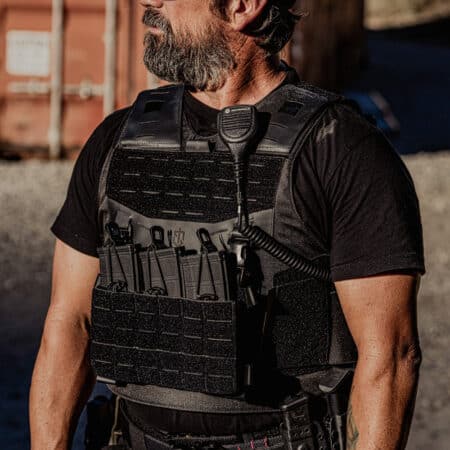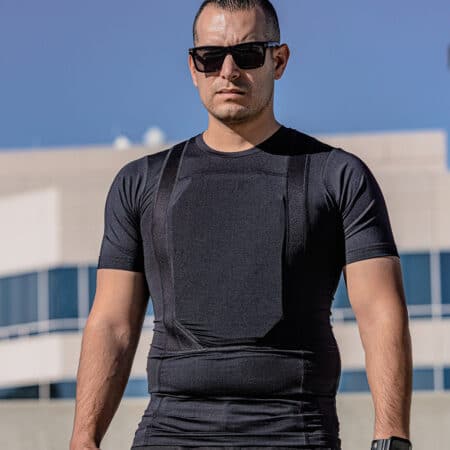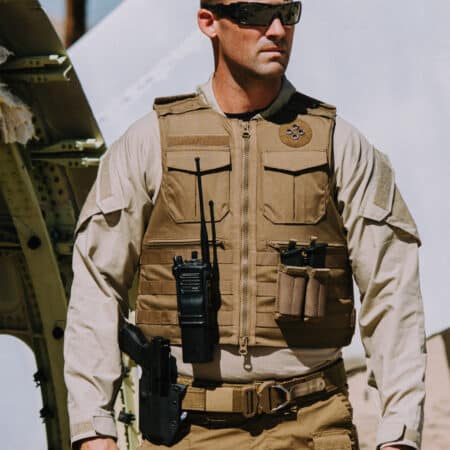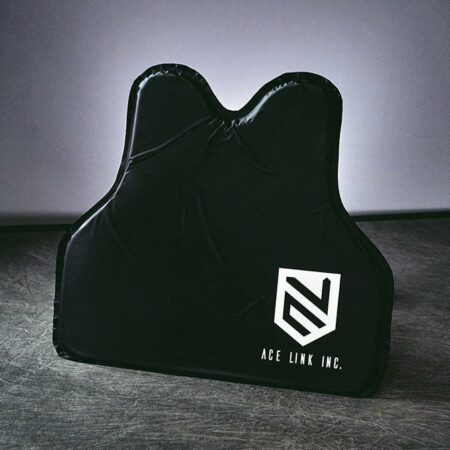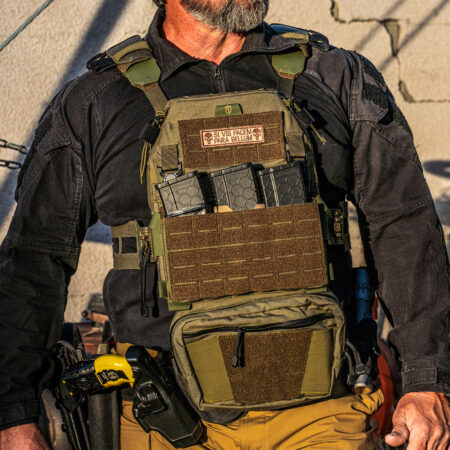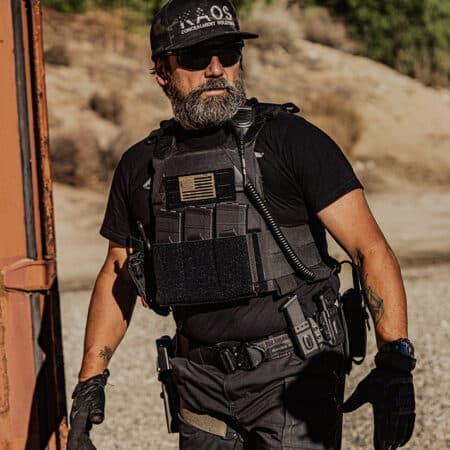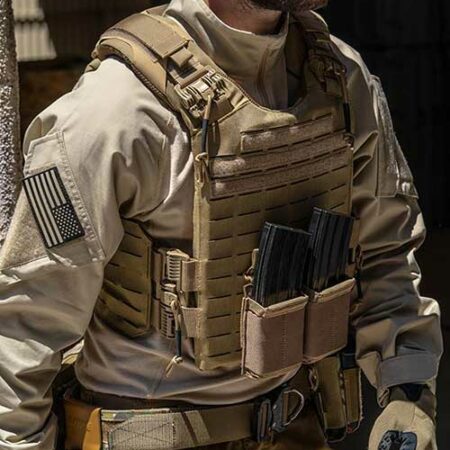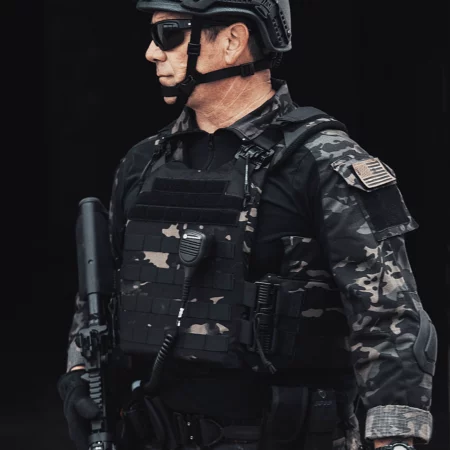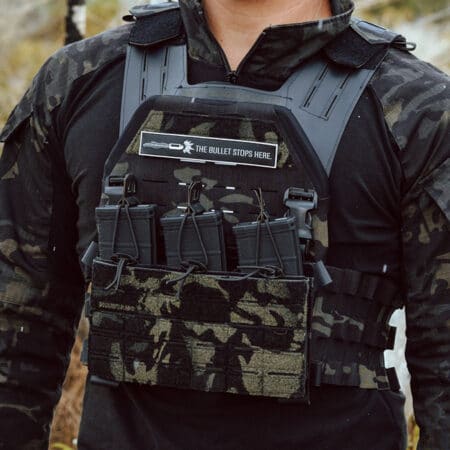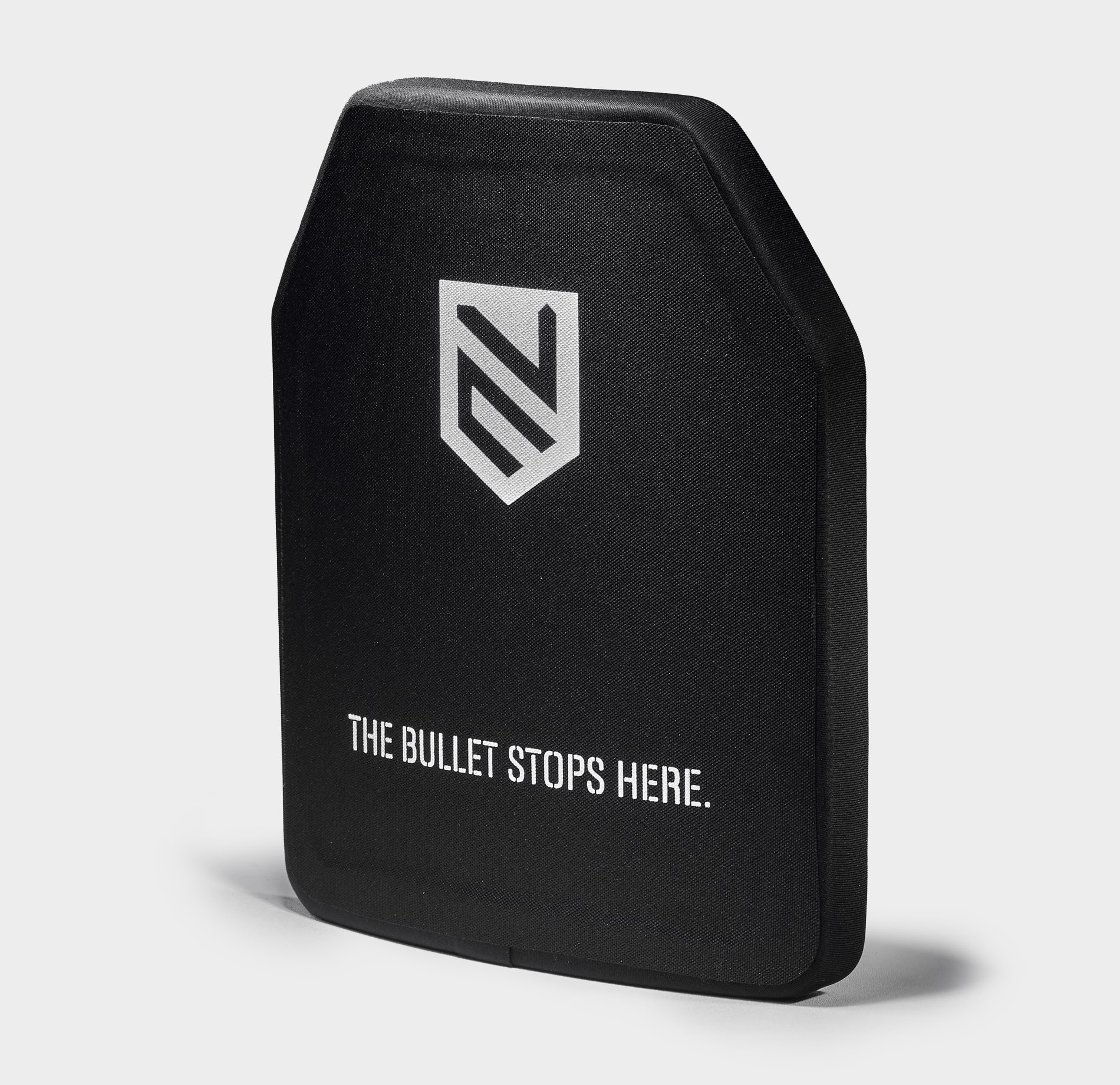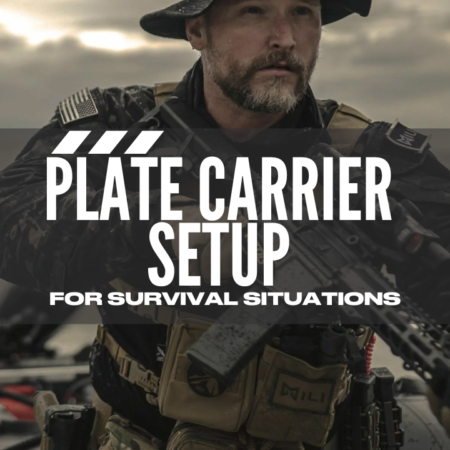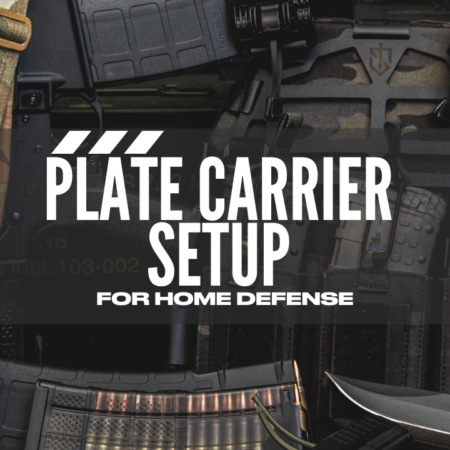What is a Plate Carrier?
A plate carrier is a tactical gear commonly worn by military personnel, law enforcement officers, and civilians for personal protection. It holds ballistic plates that protect you against high-velocity projectiles. The design of a plate carrier can vary significantly depending on the intended use and the wearer’s preferences. Some plate carriers are minimalist and lightweight, designed for maximum mobility and maneuverability in high-intensity situations. Others are more heavily armored and designed to provide more protection against a broader range of threats.
Overall, the plate carrier is a crucial tactical gear for anyone who requires personal protection in high-risk situations. It provides an effective means of protecting the wearer against ballistic threats and can be customized to suit the specific needs and preferences of the individual wearer.
What to consider when choosing your plate carrier?
When choosing a plate carrier, it’s essential to consider the following factors:
- Level of protection required: Different plate carriers offer varying levels of protection, depending on the type and level of ballistic plates they hold. Various kinds of ballistic plates, including steel, ceramic, and polyethylene, are available on the market. Each type of plate has its benefits and drawbacks, so it’s essential to understand the level of protection required for your intended use, so make sure you read our Guide on choosing the best Hard Armor Plate.
- Comfort: Wearing a plate carrier can be uncomfortable, especially if you have to wear it for long periods. Therefore, choose a plate carrier with good padding and ventilation to minimize discomfort. Some plate carriers also feature adjustable straps to ensure a snug and comfortable fit.
- Durability: Plate carriers are designed to withstand harsh conditions, so it’s important to choose one made of high-quality materials with reinforced stitching. The correct choice will ensure that your plate carrier can withstand wear and tear and last longer.
- Functionality: Plate carriers can be customized with additional pouches, holsters, and accessories to suit your needs. Therefore, choose a plate carrier that offers the flexibility to add or remove accessories as required.
Choose a plate carrier that offers the required level of protection and is comfortable, durable, and functional. You can read more about plate carriers in our Plate Carriers Category.
5 steps How To Wear Plate Carrier
By properly adjusting the fit of the plate carrier, the wearer can mitigate the risk of improper weight distribution, which can lead to discomfort, fatigue, and possible injury. Proper adjustment can also improve mobility and reduce the likelihood of impeding the wearer’s range of motion during critical moments. Here are 5 steps on how to wear a plate carrier properly:
Step 1: Adjust the Straps
Before putting on the plate carrier:
- Adjust the straps to fit your body.
- Start by loosening all the straps.
- Put on the carrier, ensuring the front panel is centered on your chest.
- Tighten the shoulder straps so the carrier sits snugly on your shoulders.
- Adjust the side straps, so the carrier fits tightly around your torso.
- Make sure that the carrier is tight enough and tight enough.
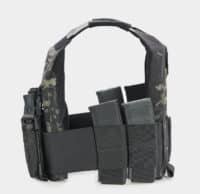
Shoulder Straps Adjustment
Proper adjustment of the shoulder straps is essential to ensure a secure and comfortable fit of a plate carrier. Shoulder straps that are too loose can cause the carrier to shift around, leading to discomfort, chafing, and reduced mobility. On the other hand, straps that are too tight can cause restricted movement, fatigue, and even nerve damage. When adjusting the shoulder straps, ensure that they are snug but not constricting, and that they are at the same height on both shoulders.
Step 2: Insert the Plates
The next step is to insert the ballistic plates into the carrier. Plate carriers typically come with front and back panels that hold the plates. Slide the plates into the panels, ensuring they are centered and do not shift around. It is also vital to ensure that the armor plates within the carrier are correctly positioned. The plates should be centered on your chest, covering your vital organs and providing optimal protection.
HARD ARMOR PLATES
When inserting the plates into the carrier, it is essential to ensure they are correctly seated within the designated pockets and are not shifting or loose. This can be done by checking the placement and stability of the plates before adjusting the straps.
Step 3: Adjust the Cummerbund
The cummerbund is the plate carrier’s waistband that helps distribute the plates’ weight evenly. Adjust the cummerbund so that it sits comfortably around your waist. Make sure that it is not too tight or too loose. An excellent way to check if the cummerbund is adjusted correctly is to try bending over or squatting. If the carrier moves too much, the cummerbund may need to be adjusted.
It is worth noting that different types of cummerbund closures are available on plate carriers, each with its advantages and disadvantages. The most common types of cummerbund closures include velcro, buckles, and quick-release systems:
- Velcro closures provide a secure fit and are adjustable to fit different waist sizes. However, they can become less effective as the velcro loses its grip.
- Buckles are more durable than velcro and provide a secure fit. However, they may take longer to adjust and can be more difficult to fasten and unfasten than velcro.
- Quick-release systems, such as the ITW Nexus or ROC buckle, provide a quick and easy way to don and doff the plate carrier. However, they may not provide as secure of a fit as other cummerbund closures.
Regardless of the cummerbund closure type, ensure it is properly adjusted to provide optimal weight distribution and comfort. For example, the cummerbund should sit snugly around the waist without being too tight or loose. In addition, the wearer should move freely without the carrier shifting or moving excessively.
Step 4: Add Accessories
Plate carriers can also accommodate a variety of accessories that can enhance their functionality and customization to meet the wearer’s specific needs. These accessories include pouches, holsters, medical kits, and communication equipment. Pouches can be attached to the plate carrier to hold additional magazines, grenades, or other mission-specific items. In addition, holsters can be mounted to the carrier to securely carry a handgun, providing quick access. Medical kits can be attached to the plate carrier to give the wearer easy access to life-saving equipment, such as tourniquets and hemostatic agents. Communication equipment, such as radios or headsets, can also be integrated with the plate carrier to facilitate communication in the field.
Regular practice and adjustment can help to maintain optimal fit and function, ensuring that the wearer is always prepared for whatever challenges they may face in the field.
When attaching accessories to the plate carrier, it is crucial to ensure that they are securely fastened and do not interfere with the wearer’s movement or the function of the carrier. In addition, careful consideration should be given to the placement and organization of accessories to maintain optimal balance and weight distribution. Ultimately, the selection and placement of accessories should be tailored to the wearer’s specific needs and mission requirements. The wearer can enhance their capabilities and effectiveness in the field by utilizing the appropriate accessories while maintaining safety and comfort.
Step 5: Practice, Practice, Practice!
Once you have put on the plate carrier, take some time to practice moving around and performing different tasks. This will help you feel the carrier and ensure it fits correctly.
Wearing a plate carrier correctly is essential for your safety and comfort. By following these steps, you can ensure your carrier fits well and provides the necessary protection. It is a critical protective gear that can save your life in certain situations. Ensuring that the carrier fits properly and is adjusted correctly is essential for maximizing protection and comfort.
KEY TAKEAWAYS
- Plate carriers offer varying levels of protection and can be customized to suit individual needs.
- Consider protection level, comfort, durability, and functionality when choosing a plate carrier.
- Proper adjustment of the plate carrier is crucial for comfort and mobility.
- Different cummerbund closures are available, each with their own advantages and disadvantages.
- Accessories can be added to plate carriers to enhance functionality and meet specific needs.
Summary
By following the steps outlined, the user can ensure that their plate carrier is adjusted correctly and provides the protection they need. In addition, regular practice and adjustment can help to maintain optimal fit and function, ensuring that the wearer is always prepared for whatever challenges they may face in the field.




